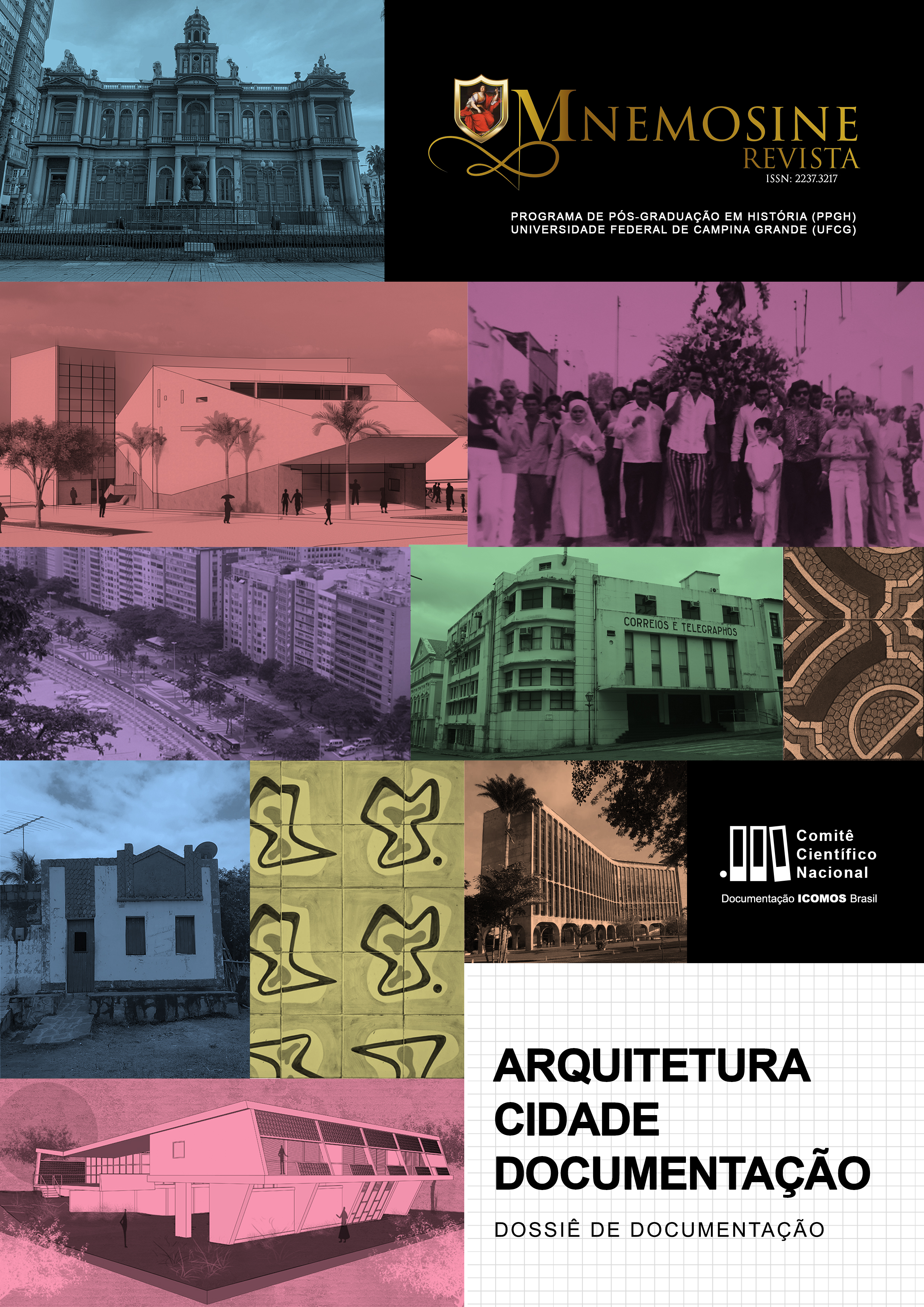ZEUS AND MNEMOSINE: RINO LEVI'S ARCHITECTURE AND THE RELATIONSHIP WITH ARTISTS
Abstract
This article aims to study the relationship between art and architecture in the city of São Paulo in the 1940-1950s, focusing on the work of the architect Rino Levi. The objective is to analyze how the artists and architects got closer, and what were the results of this exchange of performances in modern Brazilian architecture. The methodology employed has two moments. First, historical research is carried out by surveying and studying the bibliography using primary and secondary sources. The second moment analyzes the architectural object, focusing on the integration of the arts. The case studies analyzed were Edifício Prudência (1948) and Teatro Cultura Artística (1950). The work is justified as an instrument for documentation of the architectural heritage to be treated, and also, for deepening studies related to the historiography of modern architecture. Thus, we tried to present what were the values and ideals that permeated São Paulo society in the first half of the 20th century.












